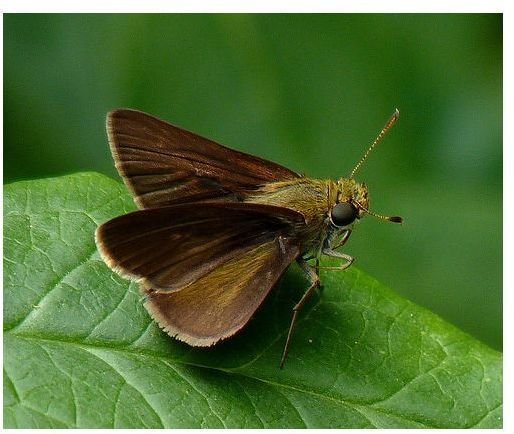Different Types of Butterflies
The Classification of Butterflies
Butterflies are probably one of the most interesting insect species found on earth. From the way the caterpillars metamorphosis into the beautiful winged creatures to the colorful spectrum they spread everywhere with their presence, every aspect of a butterfly’s life is worth knowing about. There are at least 17,500 species of butterflies found in the world, with 750 species in the United States.
The different types of butterflies have been classified into 6 families, namely, Hesperiidae, Lycaenidae, Nymphalidae, Papilionidae, Pieridae, and Riodinidae.
Hesperiidae
This family consists of around 3,000 species of butterflies. They are commonly known as ‘skippers’ and are usually small and fast moving. In US approximately 150 species of skippers are found. They are characterized by their dark, brownish colors and are popularly known as longtail, cloudywing, duskywing, sootywing and checkered-skipper.
The skippers have been further divided into five subfamilies. These are,
- Firetips (Subfamily Pyrrhopyginae)
- Spread-wing Skippers (Subfamily Pyrginae)
- Skipperlings (Subfamily Heteropterinae)
- Grass Skippers (Subfamily Hesperiinae)
- Giant-Skippers (Subfamily Megathyminae)
Of these, most butterflies belong to the spread-wing skippers and the grass-skippers subfamilies. While the spread-wing skippers are called so because the dark wings usually remain open in rest position, the grass-skippers are so named because their larvae feed on grass.
The coloring of the wings of skippers is mostly brown, orange, dark grey or black with white, yellow or cream markings. They have large eyes and are often confused with moths.
image cc Dun Skipper by dendroica cerulea on Flickr
Lycaenidae
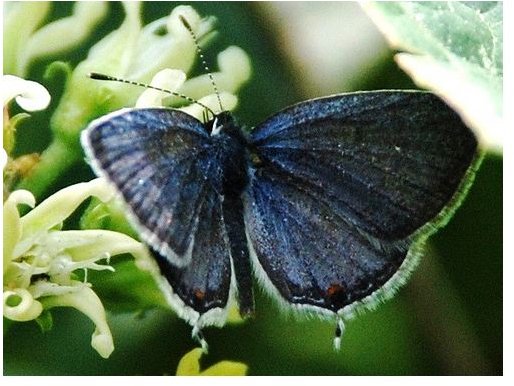
This family has over 5,000 species in the world. They are also commonly called the gossamer-wings, blues, hairstreaks, elfins and coppers. The family is sometimes also placed as a member of the super family Papilionidae. The individual butterflies of this family are usually difficult to identify because of their small structure and very similar color and morphology.
Most challenging are the blue butterfly species as many of the insects in the sub-family are not even blue. What also increases the difficulty is that with different locations certain characteristics also differ within the family. The best way to identify therefore is to observe both the side view when the wings are closed and the front view when the wings are open. The blue species are broadly characterized by the top and bottom markings on their wings. There are fifty of these species found in US.
Coppers also belong to the Lycaenidae family and there are approximately 16 varieties in US. These usually are seen in the same areas as blues and can also be confused with the female of the later species. Coppers, as the name suggests, have brown, orange or copper colors on the top of their wings.
Hairstreaks, another of the sub-family, are characterized by the small hair growth on the bottom of their tail. There are hundreds of the species found but are confined to a particular geographical area.
image cc blue butterfly by jjj56cp on Flickr
Nymphalidae
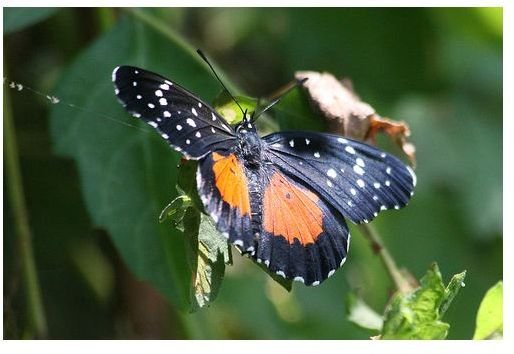
These are also known as brush-footed butterflies because the front pair of legs is shorter than the other pair of legs. This is the largest family of the insect with approximately 5,000 species present.
Some of the common names for brush-footed butterfly species are fritillaries, checkerspots, ladies, crescents, commas and tortoiseshells. They are characterised by orange-colored wings. These are also commonly found in residential areas and are quite visible and large.
The family is further divided into 10 subfamilies. These are,
- True Brush-foots (Subfamily Nymphalinae)
- Admirals and Relatives (Subfamily Limenitidinae)
- Leafwings (Subfamily Charaxinae)
- Emperors (Subfamily Apaturinae)
- Morphos (Subfamily Morphinae)
- Satyrs (Subfamily Satyrinae)
- Clearwings (Subfamily Ithomiinae)
- Monarchs (Subfamily Danainae)
- Heliconians and Fritillaries (Subfamily Heliconiinae)
- Snouts (Subfamily Libytheinae)
The butterflies of this family are easy to identify but difficulty arises in clearly differentiating between two butterflies of the same sub-family or genera. The patterns on the wings need to be closely observed for proper identification.Other useful characters to note are rigid antennae ending in a club like shape and unique patterns on the wing veins of the fore wings.
image cc Crimson Patch by Anne Toal on Flickr
Papilionidae
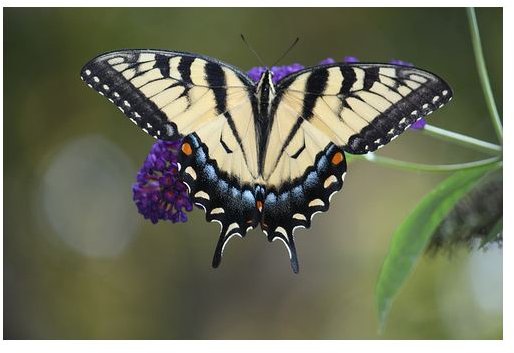
The family is characterized by butterflies with prominent tails at the bottom of their wings and are also known therefore as the swallowtail butterflies. There are 500 to 600 species found in the world with 30 found in the United States.
The size of these butterflies is large and owing to that they seem to glide rather than fly with less flapping of the wings. They are also fairly easy to recognize. A peculiar character of the caterpillar of this species is that it has a forked organ behind the head known as osmeterium. If the caterpillar feels threatened it secretes a foul smelling compound from this organ and defends itself.
The family is further subdivided into Baroniinae, Praepapilioninae, Parnassiinae, and Papilioninae subfamilies. Of these the Baroniinae and Preapapilionae are considered to be consisting of mostly extinct species of butterflies.
image cc Swallowtail by jcantroot on Flickr
Pieridae
The commonly seen yellow (sulfur or sulphur) and white colored butterflies belong to this family. There are more than 1,000 worldwide species

found and they are mostly seen around vegetable gardens like the common cabbage white butterfly. Some other commonly seen butterflies of the same family are marbles, orangetips, yellows and dogfaces.
The two important subfamilies are the white (Pierinae) and the yellow (Coliadinae). Additionally there is another subfamily called Dismorphiinae with only one species of butterflies commonly known as mimic-whites. These are found in Rio Grande Valley in Texas, very rarely.
The yellow butterflies are further divided into 10 genera with most butterflies belonging to the colias genera. The identification of individual species is easy because most of them are found in geographical specific locations which do not overlap. Exceptions to this rule though are the orange sulphur or clouded sulphur that are found from coast to coast in all regions.
image cc yellow butterfly by macrophile on Flickr
Riodinidae
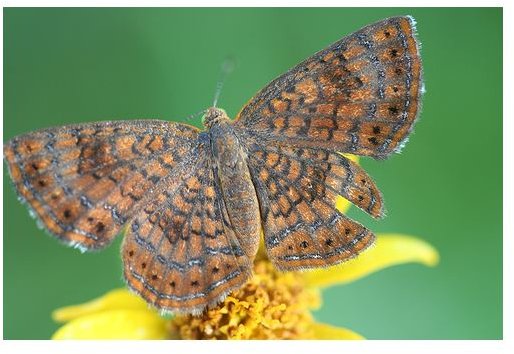
These are commonly known as the metalmarks and as the name suggests have dramatic colors and patterns on their wings. The family is sometimes placed within the Lycaenidae family or with the super family of true butterflies the Papilionidae**.**
There are 1250 species found in the world and prefer the neotropical environment. Some of the butterflies of this species like the Northern metalmark are not found in many locations. They have a very specific habitat and even there they are found in small numbers.
The species are further threatened due to habitat destruction, spraying for gypsy moth control, overcrowding of the host plant, fires and other ecological threats. Males of the species have reduces front legs that are not used for walking and females usually have three pair of walking legs.
The family is subdivided into subfamilies Nemeobiionae, Euselasiinae and Riodininae.
This is the classification of different types of butterflies, with each family divided into different sub-families and genera to group together butterflies with similar features. As is clear, the most distinguishing feature of butterflies taken into consideration for identification and classification are the wings, their colors and patterns. With regular and keen observation, it is possible to clearly identify a butterfly belonging to the different families.
image cc metalmark by Anne Toal on Flickr
Reference
https://www.si.edu/encyclopedia_si/nmnh/buginfo/butterfly.htm
